Oral Health
4 min read
Aug 21, 2025
Dental Anxiety & Sedation Dentistry Statistics
Dental anxiety isn’t just a personal problem; it’s a public health issue. Millions of people delay or avoid dental care because of fear, resulting in worsened oral health and increased long-term treatment costs. Understanding the statistics, causes, and available solutions like sedation dentistry can help dental professionals create a more empathetic practice while increasing patient retention.
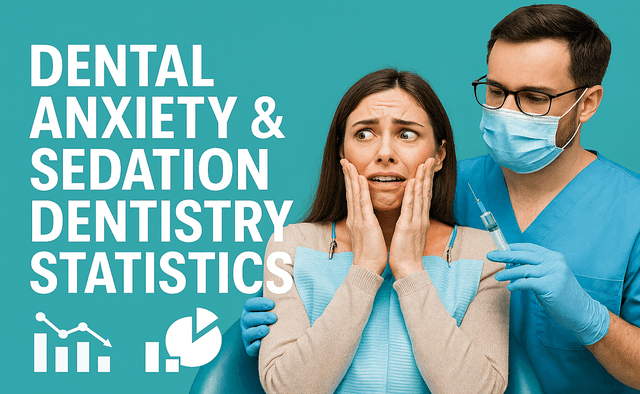
The Prevalence of Dental Anxiety
Dental anxiety is one of the most common phobias in the world. Studies have consistently shown that:
30–80% of adults experience some level of dental anxiety (CareQuest Institute).
3–16% of adults suffer from severe dental phobia, known clinically as dentophobia (Cleveland Clinic).
5–15% of people avoid dental visits entirely because of their fear (ScienceDirect).
In a survey conducted by the American Dental Association (ADA), 41% of respondents admitted to skipping dental appointments because of anxiety (Dentistry IQ).
When patients avoid regular checkups and cleanings due to fear, small issues like cavities or gum disease can evolve into severe dental problems. Untreated conditions often lead to costly and painful treatments down the road, perpetuating the fear cycle.
As a dental professional, knowing how common this problem is can help you prepare compassionate solutions.
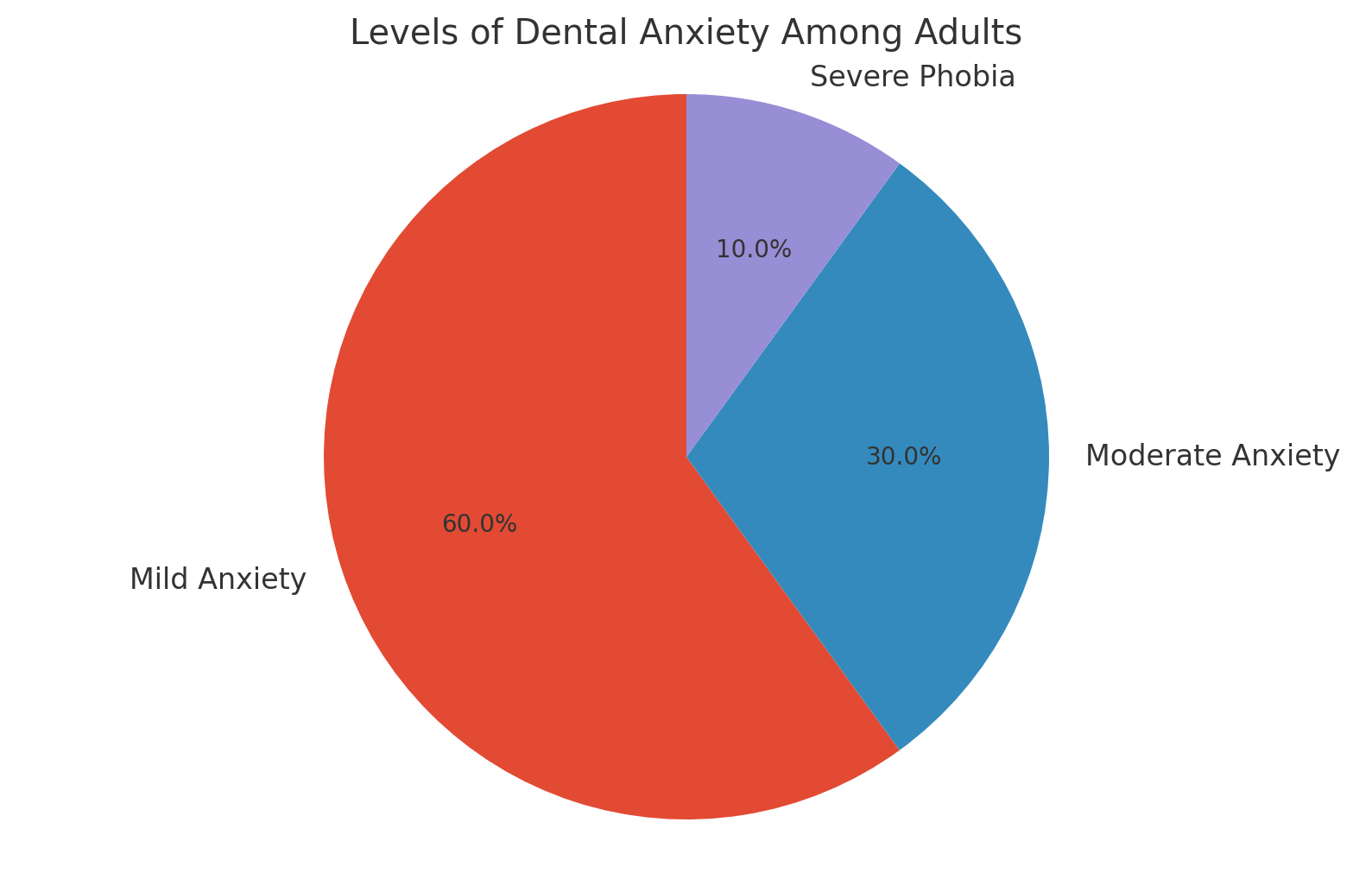
Top Reasons for Dental Fear
Understanding the reasons behind dental anxiety can help dental professionals tailor their patient care strategies. According to surveys like DentaVox and ADA data, the leading causes of dental anxiety include:
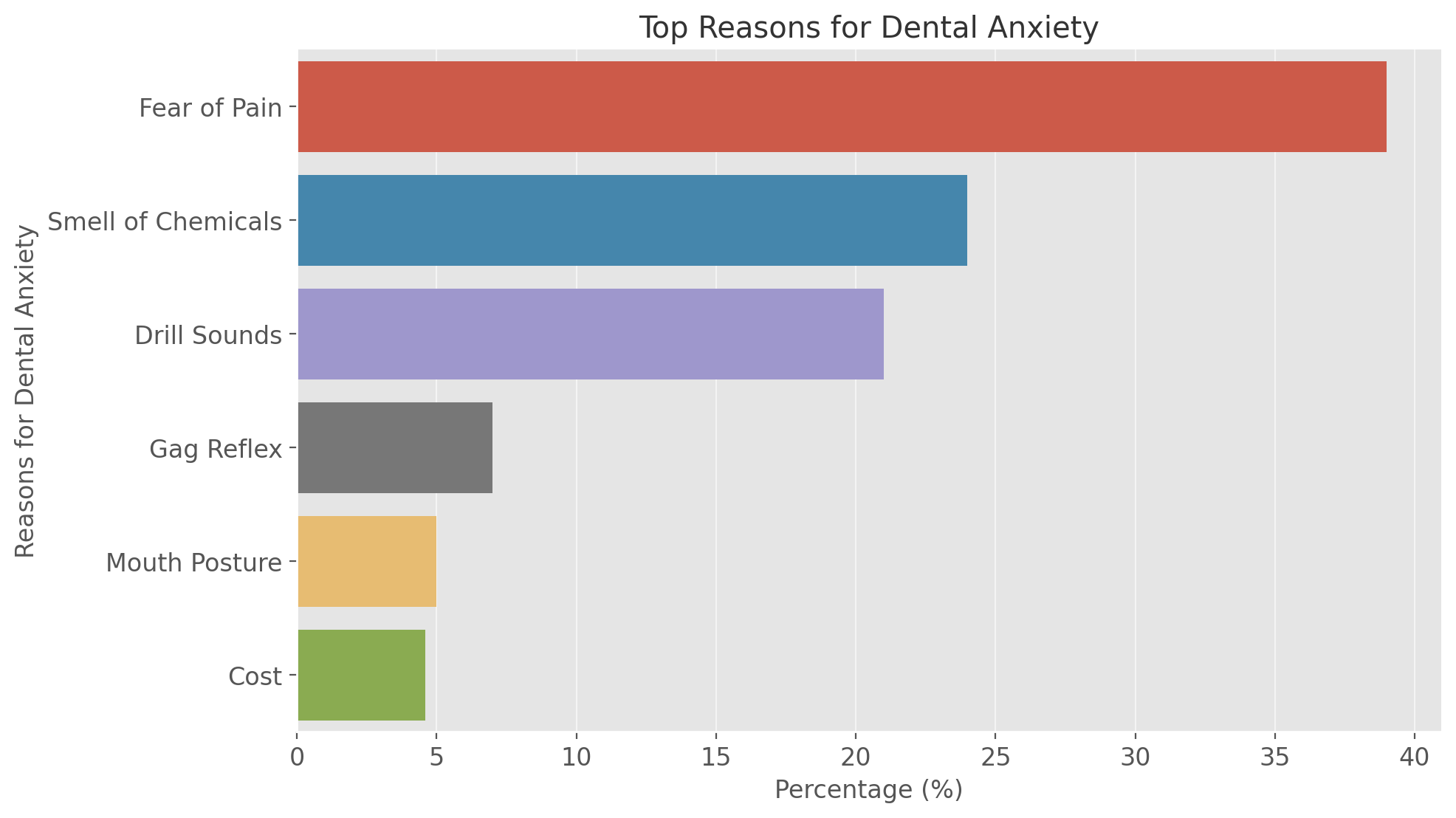
Many people associate the dentist with pain, even though modern techniques have significantly improved patient comfort. Sensory triggers like the sound of the drill or the smell of antiseptics can evoke traumatic memories of previous experiences, further intensifying anxiety. Others fear the loss of control, the gag reflex, or simply the posture required during treatment.
Interestingly, cost is also a contributor to anxiety. Many patients fear they will not be able to afford treatment, leading to financial stress that compounds emotional distress (Health Affairs).
How Dental Anxiety Affects Treatment
Dental anxiety has far-reaching effects, not just on the individual but on public health overall. Patients who avoid dental care experience:
Advanced tooth decay
Gum disease (periodontitis)
Tooth loss or the need for extractions
Higher overall healthcare costs
Increased dental emergencies due to delayed care
When patients skip appointments, minor problems become severe. Unfortunately, this often confirms their fears, since they wait until their pain is unbearable, they require more invasive procedures, such as extractions or root canals. This deepens the cycle of fear and avoidance.
According to the ADA, 41% of patients openly admitted that they delay or skip appointments due to fear.
Sedation Dentistry: Trends and Solutions
Sedation dentistry is one of the most effective solutions for patients with dental anxiety. By offering sedation options, dentists can help patients undergo necessary treatments while remaining calm and comfortable.
Types of Sedation
Inhaled Sedation: Nitrous oxide (laughing gas) is commonly used for mild to moderate anxiety. Patients stay awake but relaxed.
Oral Sedation: Medications like diazepam or triazolam are prescribed before the appointment. Patients are drowsy but conscious.
IV Sedation: For moderate to severe anxiety, IV sedation provides deeper relaxation. Patients often have little memory of the procedure.
General Anesthesia: Reserved for complex cases or patients with severe phobia or special needs, general anesthesia renders the patient fully unconscious.
Growth of Sedation Dentistry
The sedation dentistry industry is witnessing significant growth worldwide, driven by increasing patient awareness, a rising prevalence of dental anxiety, and the demand for pain-free procedures. Recent market analyses indicate that the global conscious sedation dentistry market, valued at approximately USD 4.85 billion in 2024, is projected to soar to nearly USD 8.95 billion by 2033, reflecting a robust CAGR of around 7.1% (Growth Market Reports).
This surge is supported by innovations in sedation delivery methods, such as needle-free systems and computer-controlled dosing, which improve both patient comfort and clinical efficiency. Additionally, the broader dental anesthesia market is growing steadily, with projections to reach over USD 2.81 billion by 2030, further underscoring the upward trend (Grand View Research).
In North America, particularly the United States, sedation dentistry is becoming a staple in modern dental care due to high patient demand and improved safety protocols. The U.S. dental anesthesia market alone, valued at USD 332.5 million in 2023, is expected to expand to USD 477.1 million by 2030, achieving a CAGR of 5.3% (Horizon).
Studies, such as those conducted in South Korea, reveal the growing adoption of nitrous oxide sedation, which accounts for more than 86% of all sedation cases, indicating a strong global preference for conscious sedation techniques. These advancements, combined with an increase in oral health awareness and cosmetic dental treatments, suggest that sedation dentistry will continue to thrive as a cornerstone of patient-centric dental care (National Library of Medicine).
Summary Table: Key Statistics
Metric | Statistic |
Adults with Dental Anxiety | 30–80% |
Severe Dental Phobia | 3–16% |
Avoid Dental Care Due to Fear | 5–15% |
People Skipping Visits (ADA Survey) | 41% |
Growth in Sedation Use (10 years) | 0.2 |
Pediatric Sedative-Use Dentists | 29% |
Actionable Tips for Dental Professionals
Dental professionals can play a vital role in reducing patient anxiety. Here’s how:
Screen for Anxiety: Use simple questionnaires during patient intake, such as the IDAF-4C+ or Dental Fear Survey (DFS).
Educate Patients: Provide information about sedation options and procedural steps to reduce fear of the unknown.
Create a Calming Environment: Use soft lighting, soothing sounds, and a patient-first approach to reduce tension (MDPI Study).
Offer Sedation Options: Customize sedation choices based on each patient’s needs and medical history.
Train Your Team: Ensure all staff are empathetic and trained to recognize signs of anxiety.
Dental anxiety is not just a minor issue; it affects millions of people and has direct consequences on health, quality of life, and healthcare systems.
By understanding the numbers and providing solutions like sedation dentistry, you position your practice as both empathetic and advanced in patient care. With this knowledge, you can reduce fear, increase case acceptance, and improve patient outcomes.
What Is Dental Anxiety and How Common Is It?
Dental anxiety is a widespread fear of dental procedures that leads many patients to delay or avoid treatment. Studies show that 30–80% of adults experience some degree of anxiety, with 3–16% suffering from severe dental phobia. About 5–15% of people avoid visits altogether, and 41% openly admit to skipping appointments due to fear. This widespread issue highlights the need for compassionate strategies in dental care.
What Are the Main Causes of Dental Anxiety?
The leading causes include fear of pain, traumatic past experiences, and sensory triggers like drilling sounds or antiseptic smells. Patients may also feel anxious about losing control during treatment, experiencing a gag reflex, or even the cost of care. These factors combine to create emotional and financial stress, which reinforces the cycle of avoidance.
How Does Dental Anxiety Affect Oral Health?
Patients who avoid dental care due to fear often develop advanced problems such as tooth decay, gum disease, or tooth loss. Skipping preventive care can result in emergencies that require more invasive and expensive treatments like extractions or root canals. This cycle not only worsens oral health but also increases overall healthcare costs.
How Can Sedation Dentistry Help Anxious Patients?
Sedation dentistry offers options to help patients remain calm and comfortable during procedures. Techniques range from nitrous oxide for mild anxiety to oral or IV sedation for moderate cases, and general anesthesia for severe phobia or complex treatments. With sedation, patients are more likely to undergo necessary care, breaking the cycle of fear and improving long-term oral health.
Read Next
Related Posts
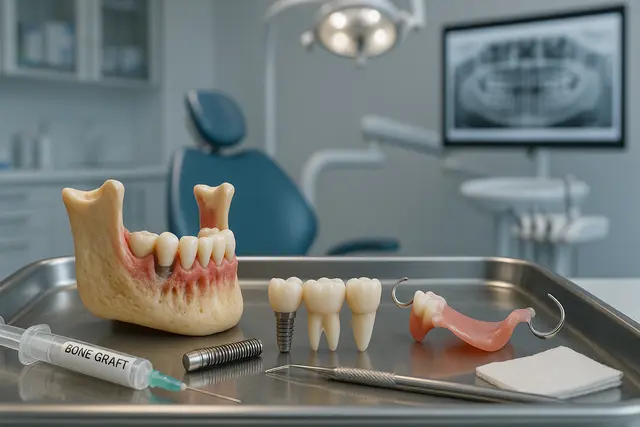
Oral Health
Tooth Replacement Options to Prevent Bone Loss
Losing a tooth isn’t just about appearance, it can have a lasting impact on your oral health, jawbone strength, and overall quality of life. When teeth go missing, the jawbone begins to shrink, which can change your bite, your facial structure, and even your confidence. Fortunately, modern dentistry offers several effective solutions to replace missing teeth and prevent further bone loss.
4 min read
Sep 26, 2025
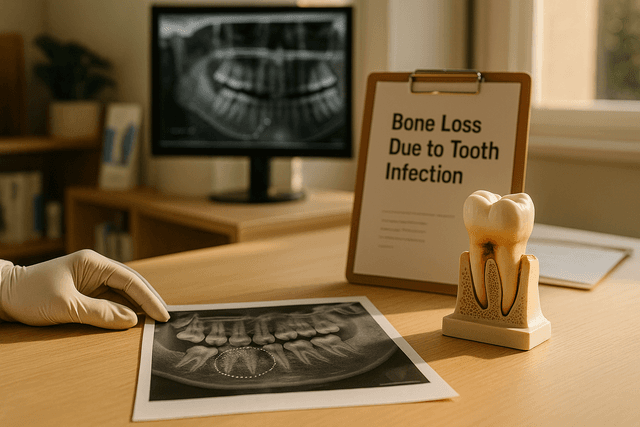
Oral Health
Bone Loss Due to Tooth Infection Explained: What It Means for Your Oral Health
A tooth infection isn’t just about pain, it can quietly damage the tissues around a tooth and even erode the jawbone that supports your smile. This guide explains how infections start, why they can lead to bone loss, the warning signs to watch for, and the treatments that can stop the spread and rebuild lost support.
5 min read
Sep 25, 2025
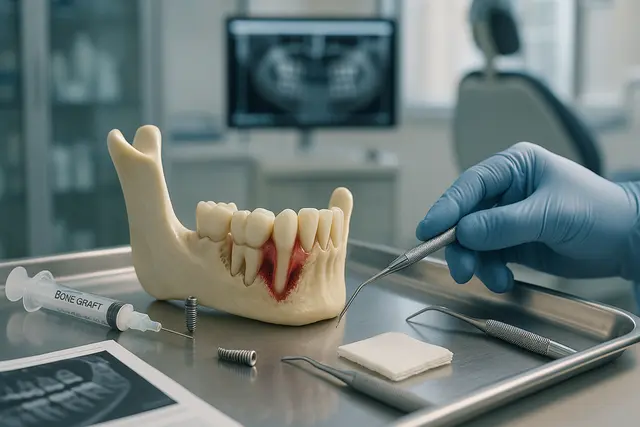
Oral Health
Understanding Bone Loss in Teeth: Causes and Treatments That Work
Bone loss in teeth is a silent threat that can compromise your smile, facial structure, and overall oral health. While it often goes unnoticed in the early stages, it can lead to serious consequences if left untreated. Understanding what causes dental bone loss, and how to prevent or manage it, is key to maintaining a strong, healthy foundation for your teeth.
5 min read
Sep 25, 2025
Don’t have time to research every dentist around you?
See why 30k+ patients trusted us